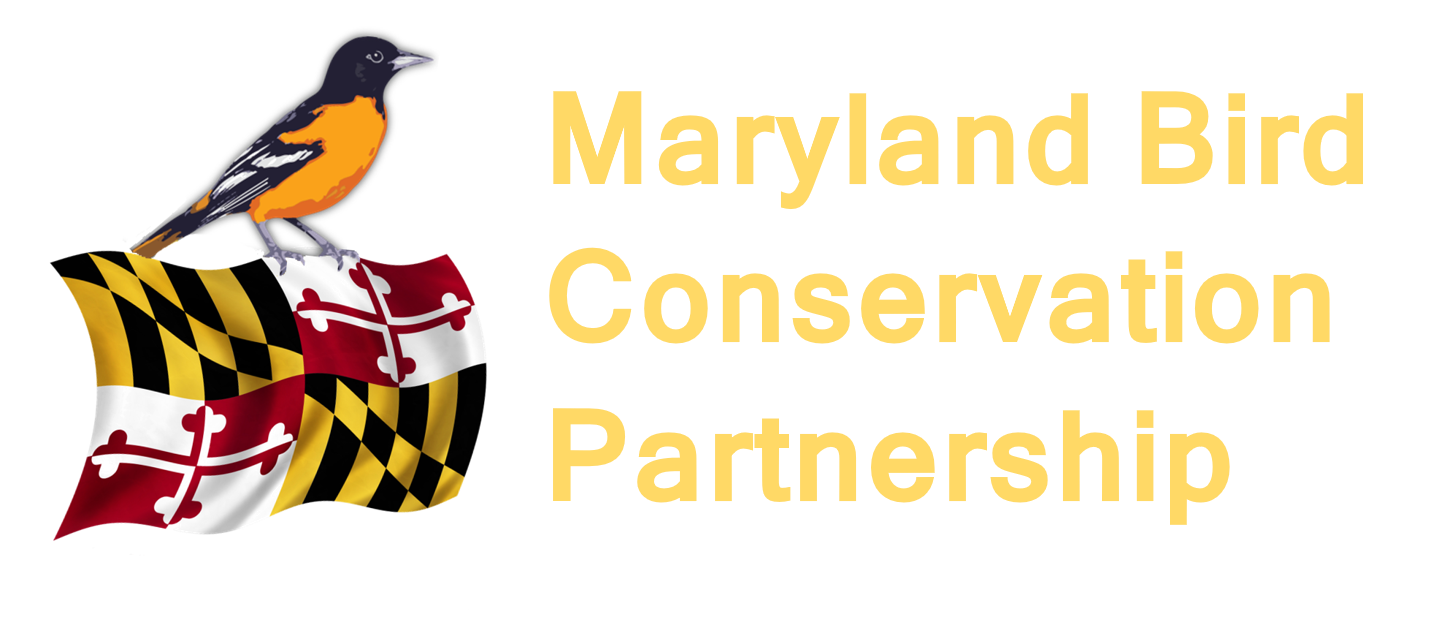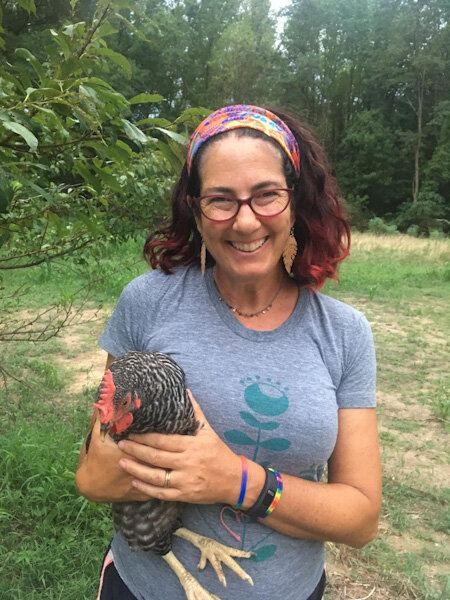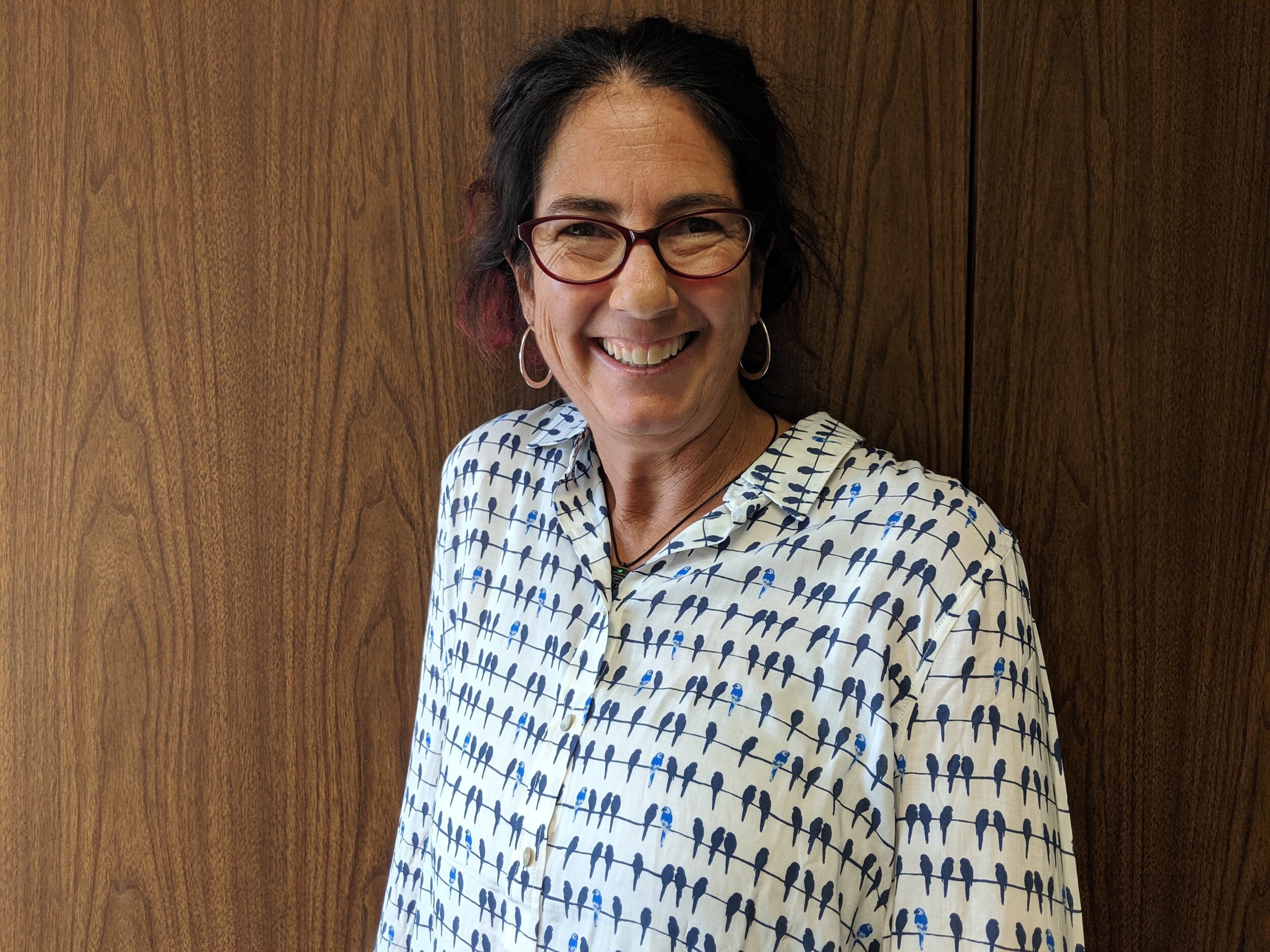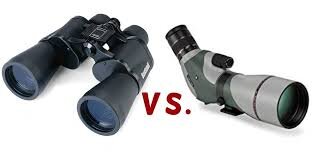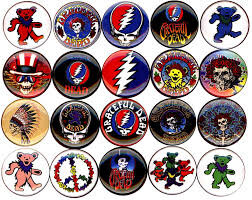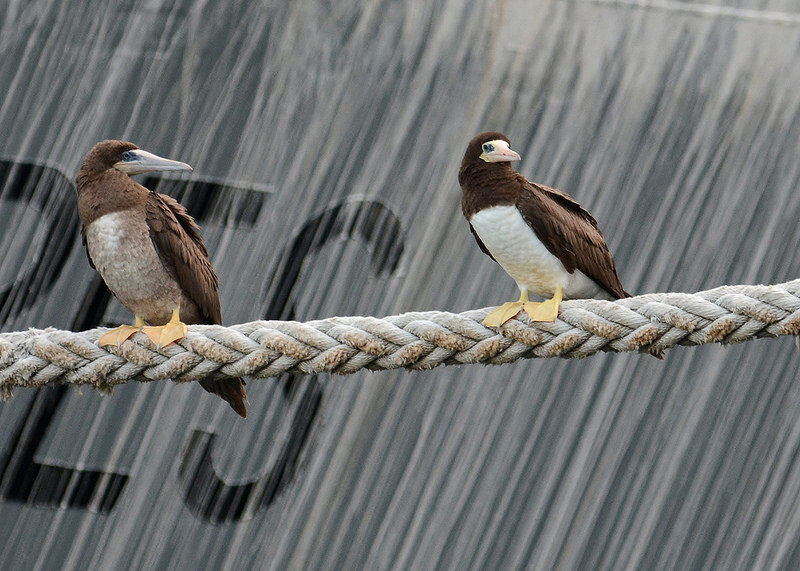As I was reading one of the many environmental magazines that arrive in my mailbox each month I came across a sentence describing the demographic of a typical birder as a ”50-year-old white woman living in the U.S.” Wait a minute! That perfectly described me! I thought a stereotypical birder was a 70-year-old British guy in a khaki vest! How did this happen?
I looked around my house for evidence:
The evidence was mounting!
Growing up on the Chesapeake Bay and spending my first career sailing the high seas I would have described myself as a “fish person.” When my son was born a whole new world of interests (his interests) opened up to me. Like any good parent I was ready to be educated. Birdwatching at our bird feeder on our 3 acres of sub-rural pasture/forest in Pasadena, MD became a favorite pastime. We quickly added a large flock of chickens to the homestead for egg laying and entertainment purposes. (You can teach a chicken to type if you put Cheerios on the keyboard.) By age 5 my son was keeping a birding journal. By age 6 he was raising homing pigeons and letting them fly back to our aviary when I dropped him off to school. Then came the “I want to be a falconer phase” (after reading “My Side of the Mountain”), where we unsuccessfully searched for a Master Falconer in Central Maryland for an apprenticeship. Along the way I learned my accipters from my buteos, though his I.D. skills far outpaced mine (and still do!) In high school his interests became more diversified but mine became more focused. When my family would fish, backpack or travel I would look for birds.
I entered a graduate program in Environmental Science and Policy at Johns Hopkins University where I surely disappointed my Field Ecology professor with my poor ability to identify birds by their call (with the exception of the easily identifiable Tufted Titmouse and Eastern Wood-Pewee). Our field trip to the Patuxent Research Reserve Sea Duck Lab inspired such a strong interest in their work in the dive tank that I volunteer there weekly feeding and caring for the sea ducks, and if I am lucky assisting with primary research. My graduate capstone project was creating a Coastal Bird Conservation Plan to protect Piping Plovers in the Bahamas, in conjunction with Audubon’s International Alliance Program and the Bahamas National Trust.
While in graduate school I began teaching at a cooperative nature preschool where my class was called the Feathered Friends. Each student was given a Maryland bird, commonly seen at birdfeeders, as “their bird.” A photo of that bird was on their cubby, coat hook, name tag and artwork. Bird feeders, outdoor bird games, forest walks, and books about birds fueled their curiosity and imagination. By the end of the school year I would hear “I saw an American Goldfinch on the way to school! That is Amber’s bird!” While I wanted them to be first and foremost joyful in the “seeing” of the bird, I also believe in the power of knowing a bird by its name. To name something allows you to get to know its story: its place in avian taxonomy, the food web, the ecosystem, whether it is common or rare, and whether it needs conservation.
This bi-monthly blog will help you get to know Maryland Bird Conservation Partnership, its partner organizations, and the stories behind their names. The Partnership’s mission is to maintain and enhance native bird populations and habitats in Maryland, giving birds one united voice. The Feather Underground blog will dig beneath the surface to give readers an eclectic mix of news, thoughts, experiences, science and insights to the work of MBCP and our 39 partner organizations. Hopefully this author introduction has given you the story behind my name and how I became passionate about bird conservation, birding and inspiring young people to become future birders! Somehow I became a birder without even trying!
